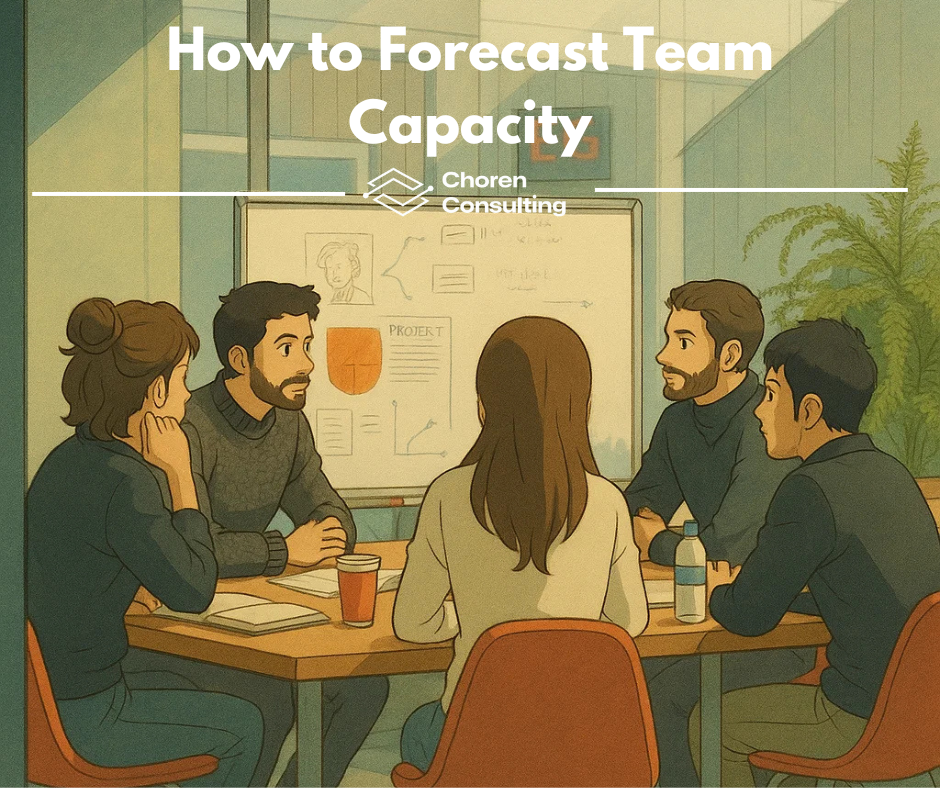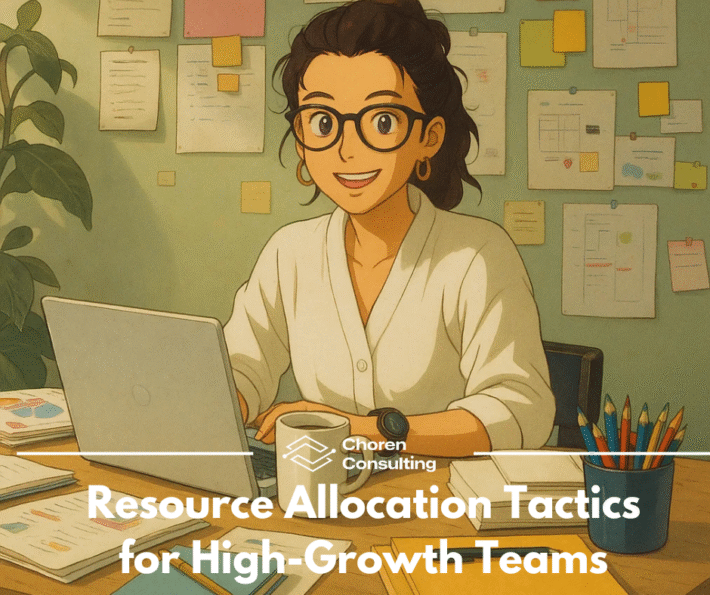How to Forecast Team Capacity Using Choren CRM

How to Forecast Team Capacity Using Choren CRM
Introduction: Why Capacity Forecasting Is Mission-Critical
Scaling a team without forecasting is like building a bridge without calculating load capacity — it’s not a matter of if problems will occur, but when. Missed deadlines, overworked teams, and runaway costs all trace back to poor capacity planning.
With Choren CRM, resource planning transforms from a guessing game into a predictive, data-driven advantage. In this guide, we’ll show you why capacity forecasting is vital, what data you need, and a precise, step-by-step method for forecasting your team’s workload using Choren CRM.
Learn more about Strategic Resource Allocation
Why Capacity Forecasting Matters
Capacity forecasting bridges the critical gap between ambitious goals and sustainable execution. It enables organizations to:
- Anticipate Peaks and Valleys: Predict project surges and lulls before they happen, adjusting staffing and budgets proactively.
- Align Hiring with Real Demand: Open new roles based on actual pipeline data, not panic responses to missed deadlines.
- Control Costs at Scale: Maintain an optimized ratio of billable vs. non-billable hours across departments, preserving margins.
Forecasting is not optional for high-growth teams — it’s a survival skill.
Explore Resource Allocation Tactics for High-Growth Teams
What Data You Need Before Forecasting
To forecast accurately, you must centralize and maintain:
| Data Point | Description |
|---|---|
| Project Pipeline | Confirmed, tentative, and renewal project loads for 6–12 months |
| Team Availability | Billable vs. non-billable hour breakdown by individual/role |
| Historical Utilization Rates | Average resource usage rates over the past 6–12 months |
| Skills Mapping | Database of specialized certifications and critical skills |
| PTO / Leave Schedules | Planned vacations, sabbaticals, and extended leaves |
✅ Choren CRM automatically centralizes all this data — no messy spreadsheets required.
Step-by-Step: How to Forecast Team Capacity Using Choren CRM
Step 1: Map Out Your Project Timeline
- Log all upcoming projects with defined start and end dates.
- Assign priority levels (Critical, High, Medium, Low) to each.
Step 2: Estimate Resource Load
- Calculate how many FTEs (Full-Time Equivalents) are needed per project phase.
- Break it down by roles: developers, designers, analysts, project managers, etc.
Step 3: Pull Current Resource Availability
- Open Choren CRM’s Capacity Dashboard.
- Review real-time available hours, workload percentages, and any overbookings.
Step 4: Auto-Detect Gaps
- Use Choren CRM’s auto-analysis features.
- Instantly spot overcapacity and undercapacity risks with projected 30-, 60-, and 90-day health scorecards.
Step 5: Simulate Resource Scenarios
- Test hiring contractors, reallocating internal resources, or adjusting project start dates.
- Choren CRM immediately shows the impact on capacity, margins, and delivery timelines.
Step 6: Finalize and Share Forecast
- Save your forecast scenarios.
- Export visual reports and dashboards.
- Share with leadership for approvals and realignment.
Common Pitfalls to Avoid When Forecasting
❌ Underestimating Ramp-Up Time
Always factor in 30–90 days for recruiting, onboarding, and training when new hires are involved.
❌ Ignoring Skill Set Depth
Assigning “resources” without matching specialized skills leads to delivery bottlenecks and quality issues.
❌ Treating Forecasts as Static
Capacity plans must evolve dynamically every 1–2 weeks. Choren CRM refreshes forecasts automatically based on live project and resource updates.
Example Scenario: How Capacity Forecasting Impacts SaaS Delivery
To illustrate, consider a typical mid-sized SaaS company implementing Choren CRM for resource forecasting:
- 📈 Potential to increase on-time project delivery rates by 22% within 90 days.
- 💰 Possible reduction in emergency contractor spending by $180,000 annually.
- ✨ Expected improvements in team satisfaction and NPS scores by 17 points.
This example highlights how capacity forecasting transforms operational outcomes. (Actual results will vary based on organizational maturity, baseline metrics, and adoption speed.)
Final Thoughts: Forecast Smarter, Scale Faster
Capacity forecasting today isn’t about messy spreadsheets or best guesses. It’s about using real data, real time, to predict and proactively manage team performance.
With Choren CRM, you can:
- Visualize resourcing gaps early.
- Make informed hiring and staffing decisions.
- Control project costs and scale predictably.
Smarter forecasting builds stronger, faster-growing companies.
📲 Ready to Build Your Growth Path?
📚 Related Resources
- What Is Strategic Resource Allocation
- Scaling Smart: Resource Allocation Tactics for High-Growth Teams




